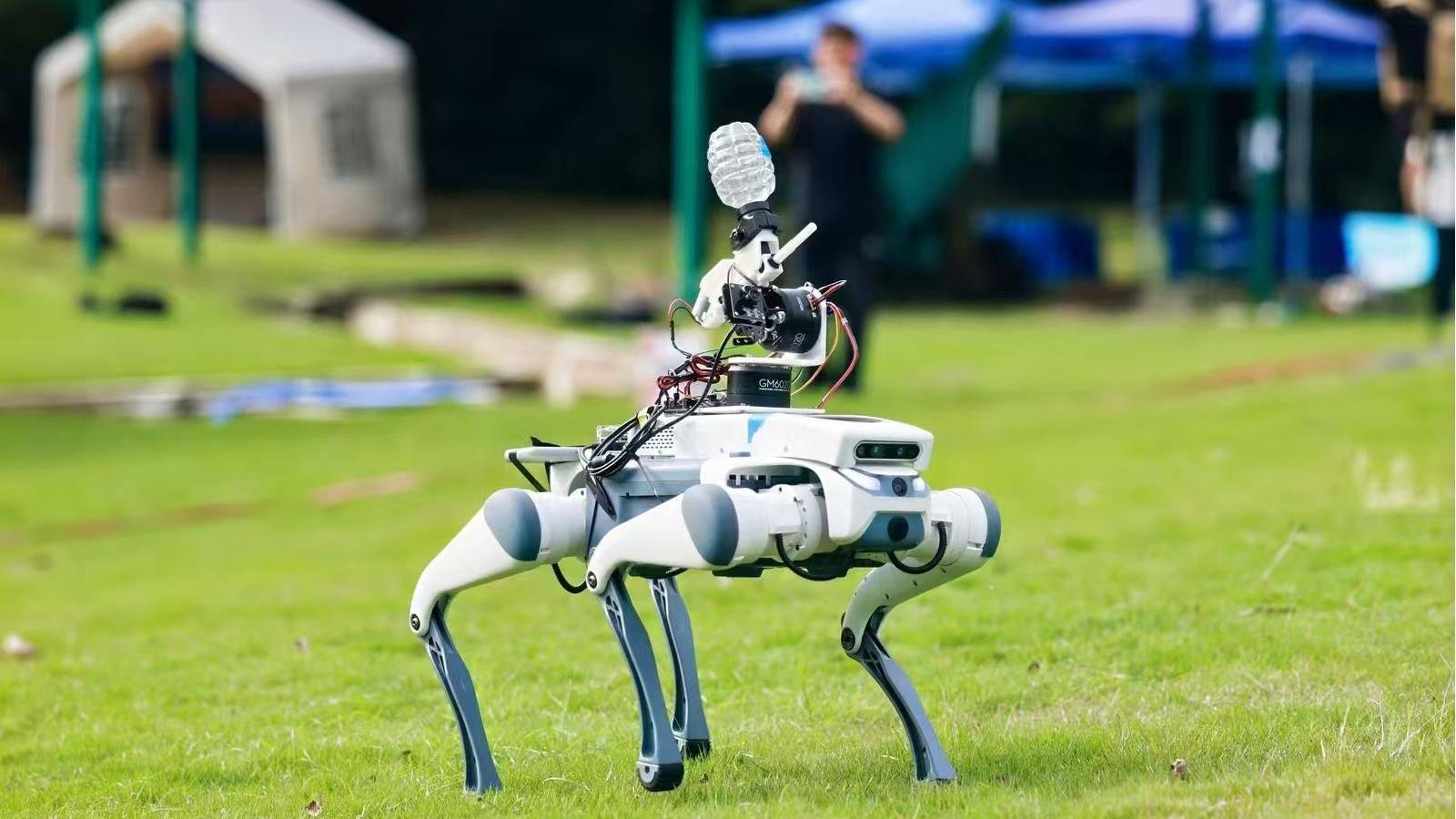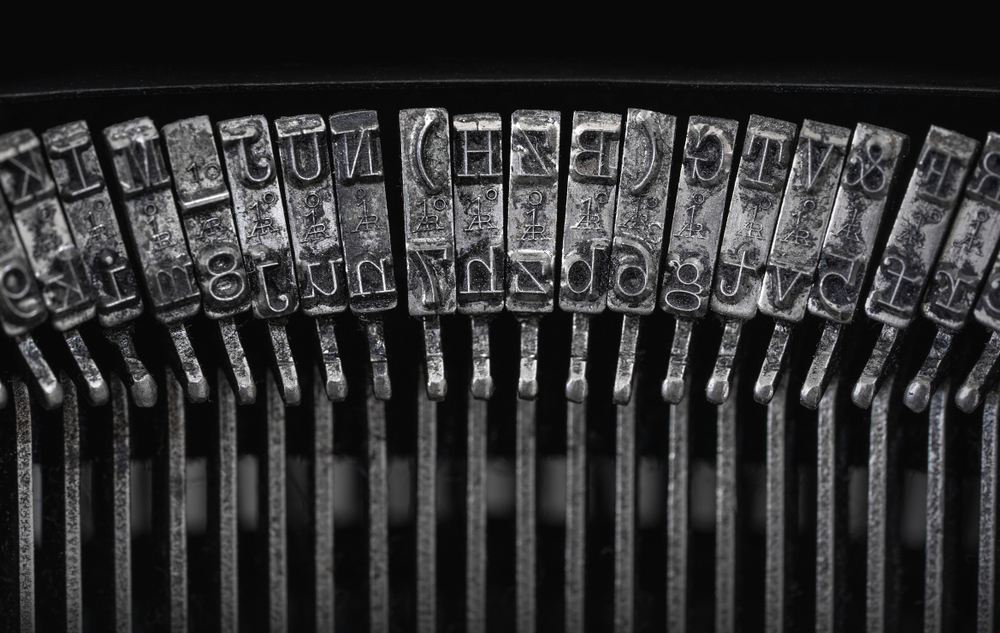Copyright scmp

A nationwide drone competition in China has offered rare insight into the depth and breadth of participation by young people in the cutting-edge field as Beijing seeks military advances in uncrewed technology. More than 200 teams from 106 universities took part in the final round of this year’s National Youth Intelligent Unmanned Systems Application Competition in Shanghai last week, China Youth Daily reported on Wednesday. The competition featured various elements of uncrewed technology, such as ground-based counter-drone swarms, coordinated air-ground confrontations and joint ground-air support and transport – elements that were part of Chinese military training, the report said. It added that the competition was meant to guide young people to explore cutting-edge technologies, gain a close understanding of national security and promote the development of national defence education. High-level entities organised the event, including the defence mobilisation branch of the Central Military Commission – China’s top military leadership body – and various social aeronautics and ordnance groups. According to Chinese media reports, the competitors’ work included an autonomous patrol-and-strike robot dog designed by students from Changchun University in Jilin province. The robot combined the dog’s strengths in a complex ground environment with intelligent visual search technology to complete reconnaissance and strike missions. It illustrated the province’s effort in cultivating talent in “science and technology plus national defence”, a local news report said. The report added that Jilin would encourage more young people to devote themselves to intelligent uncrewed systems and contribute to China’s scientific and technological development while boosting national defence. The competition was one of several recently to showcase technology and national defence. Others include the ninth edition of the National Youth Drone Competition held in Chongqing in August and the third “Rainbow Cup” National Unmanned Aerial Vehicle Design Competition, which was open to professionals and enthusiasts nationwide and carried out online between April and October. The objective of the Rainbow Cup competition was to help “relevant units” find urgently needed talent in aviation innovation, the organiser said on its website. For that, the top awards went to teams from Beijing Institute of Technology and Beihang University, two of the “seven sons” of national defence – universities thought to have close scientific research partnerships and projects with the People’s Liberation Army. In recent years, Chinese President Xi Jinping has prioritised technological innovation and its military applications. Xi has repeatedly called for the integration of high-end tech into what he has called “new-quality combat forces”, believing them to be vital in battle. In particular, the country’s leadership has strongly encouraged the development of uncrewed systems. The push has come as drones and unmanned underwater vehicles have been widely deployed in recent years in conflict regions such as Ukraine and Gaza. At China’s 20th Communist Party congress in 2022, Xi called for the acceleration of capacity building in uncrewed and intelligent warfare. Now, both large traditional state-owned enterprises and smaller private companies and institutions have been encouraged to join in hardware development and acquisition for the country’s military. This dovetails with China’s military-civil fusion strategy, which aims to transform advanced technology in civilian sectors into military assets. Xi elevated the plan to a national strategy in 2015. Of late, the country’s young people have been encouraged to contribute to these efforts, evident in the competitions that seek to cultivate technological talent from a young age and maintain high awareness of national defence. During China’s fourth plenum last week, the party’s leadership reiterated its pledges to “significantly improve” defence and technology capacity by 2035, achieve the PLA’s centenary goals by 2027 and become a “world-class” military by 2050. With the development of information, digitalisation, and intelligence technology, China’s national defence education has undergone a major change, according to a PLA Daily article in September last year. The report described emerging technology as increasingly important to promote defence education, saying “deeper integration” of artificial intelligence, big data and cloud computing into the studies could pave the way for young people’s future devotion to the military.



